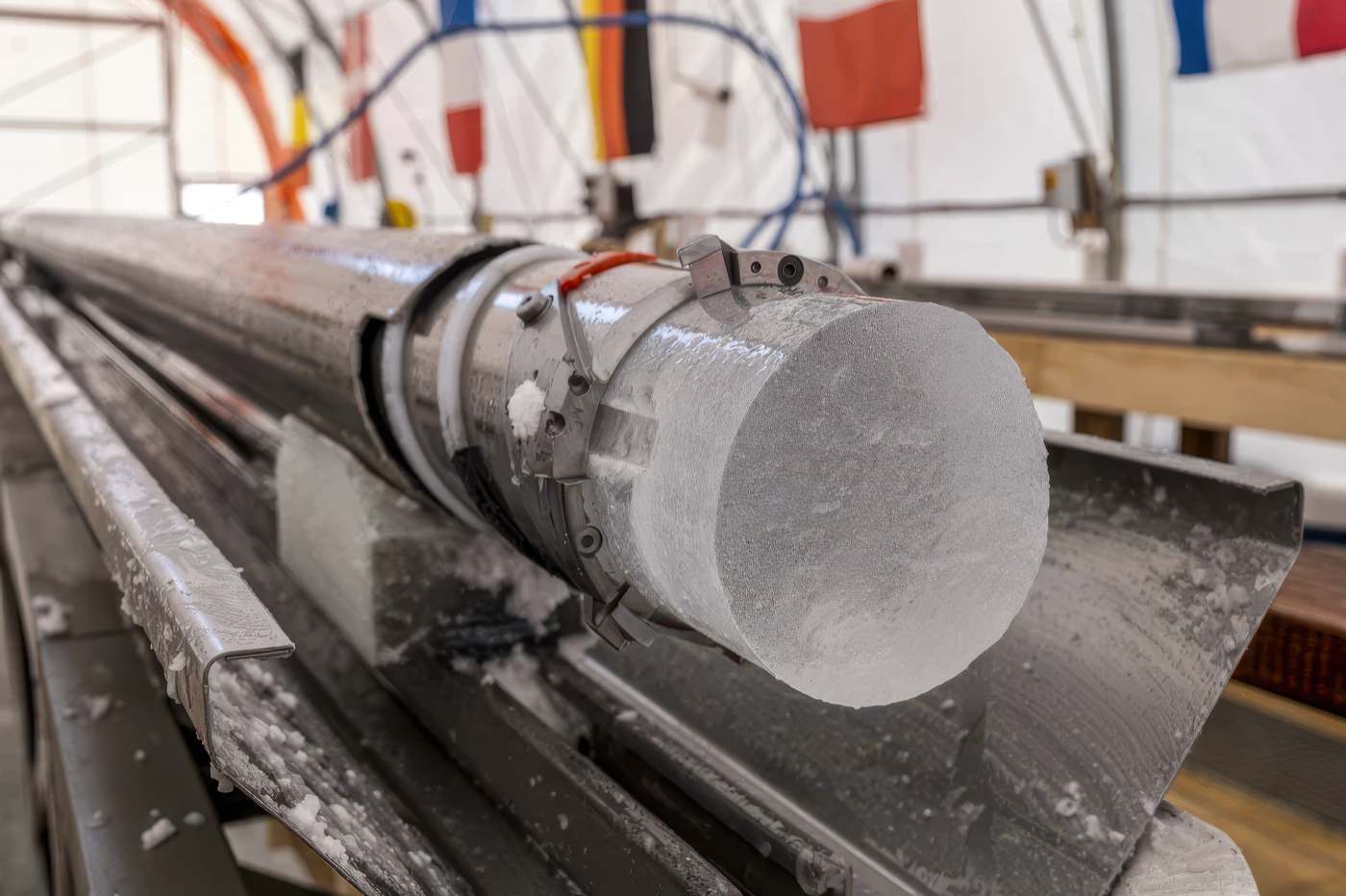A groundbreaking expedition in Antarctica has uncovered one of the oldest ice cores ever retrieved, offering an unprecedented window into Earth’s ancient climate history.
Key Points at a Glance
- Historic Discovery: Scientists have successfully drilled nearly two miles into Antarctic ice to recover a 12-million-year-old ice core.
- Climate Insights: The core contains invaluable data on Earth’s ancient atmospheric conditions, including greenhouse gas levels.
- Research Potential: The discovery could reshape our understanding of climate change and help predict future environmental shifts.
- Technological Achievement: Advanced drilling techniques made this record-breaking retrieval possible.
A team of scientists in Antarctica has achieved a monumental feat by extracting a 12-million-year-old ice core from nearly two miles beneath the surface. This extraordinary find is set to provide new insights into Earth’s ancient climate, shedding light on atmospheric conditions that existed long before humans walked the planet.
The core—extracted from a remote region of the East Antarctic Ice Sheet—is among the oldest ever recovered and holds a wealth of information about historical greenhouse gas levels, temperatures, and precipitation patterns. Researchers believe it could illuminate critical periods of Earth’s climatic evolution, including transitions between ice ages and warmer interglacial periods.
“This is an unprecedented opportunity to look back in time and understand how Earth’s climate system responded to natural forces,” said Dr. Eliza Thompson, the project’s lead scientist. “The data contained in this ice could transform our understanding of long-term climate dynamics.”
Ancient ice cores function as time capsules, trapping tiny air bubbles that provide direct samples of Earth’s past atmosphere. By analyzing these bubbles, scientists can reconstruct historical levels of carbon dioxide and methane, offering insights into natural climate variability and the role of greenhouse gases in driving temperature changes.
“The information we uncover will be crucial for refining climate models and predicting future changes,” Dr. Thompson added. “This core takes us millions of years further back than most existing records, allowing us to explore entirely new eras of Earth’s climate history.”
The successful extraction of the ice core required cutting-edge technology and years of meticulous planning. The team employed advanced drilling equipment capable of withstanding subzero temperatures and operating in extreme isolation. Despite harsh winds and temperatures plunging to -40°F (-40°C), the scientists persisted, marking a milestone in Antarctic exploration.
“Drilling to such depths is no small task,” said Dr. James Reynolds, an engineer on the project. “Every layer of ice we pass through represents thousands of years, and extracting the core intact required extraordinary precision.”
The timing of this discovery is particularly significant as the planet faces unprecedented climate challenges. By comparing ancient and modern atmospheric conditions, researchers hope to identify patterns that could inform strategies for mitigating global warming.
“This discovery reminds us of the power of natural systems and how much we can learn from Earth’s past,” said Dr. Thompson. “It’s a call to action for humanity to address the current climate crisis with the urgency it demands.”
The ice core is now en route to specialized laboratories, where it will undergo detailed analysis. Scientists will measure the concentration of greenhouse gases, isotopic compositions, and other markers to reconstruct a detailed timeline of climatic events spanning millions of years.
The team’s findings will be shared with the global scientific community and are expected to contribute to international climate initiatives. This discovery underscores the critical role of Antarctic research in advancing our understanding of Earth’s interconnected systems.
